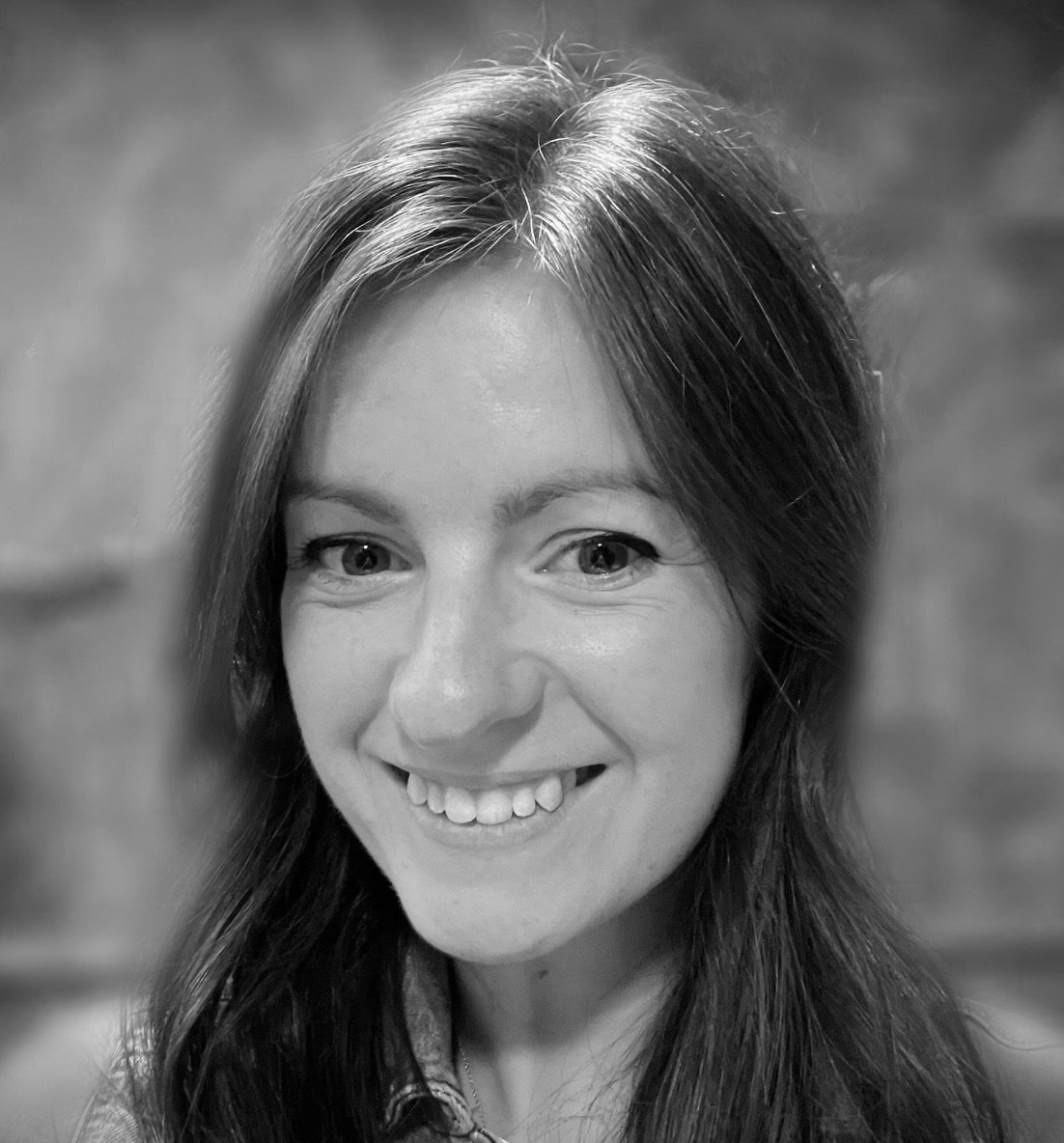Syllabus Edition
First teaching 2024
First exams 2026
Enforcing the Religious Settlement (Edexcel GCSE History) : Revision Note
The Public Reaction & Government Enforcement of the Religious Settlement - Summary
From its creation, the Religious Settlement faced opposition. Elizabeth called a meeting of Parliament in February 1559 to pass the Act. She had hoped the process of gaining parliamentary approval would be quick and easy. Catholic bishops in the House of Lords refused to pass an act which established Protestantism. Elizabeth’s response demonstrates both the reactive and reforming aspects of her ruling style. The reactive response was to arrest two Catholic bishops so the Religious Settlement would face less objection from the House of Lords. The reforming response was to adapt the wording of the bill to make more concessions to the Catholics. Both approaches allowed the Act to pass into law in 1559. Historians agree that Elizabeth’s Religious Settlement was largely successful in its aims. The majority of England accepted the necessity of the Act to bring peace to England. They saw that Elizabeth had included aspects of Catholicism and Protestantism to find a compromise between the two religions. Elizabeth again used reaction and reform to ensure the Act was implemented across England. She used the Church of England to punish any breaches of the Religious Settlement. At the same time, she encouraged loyalty to the Church by reminding people that God had chosen her to rule England. These reactive and reforming approaches increased the level of acceptance of the Religious Settlement. |
Reactions to the Settlement - The Clergy
The Act of Supremacy forced the clergy to make an oath to Elizabeth. They promised to follow her Religious Settlement
If a member of the clergy refused, they would lose their job
Around 8,000 clergy agreed to take the oath
There were approximately 10,000 parishes in England at the time
A large proportion of the clergy therefore accepted the Act of Supremacy
There was much less acceptance of the Act of Supremacy from bishops
Elizabeth appointed 27 new bishops because all but one of Mary's bishops refused to take the oath
Elizabeth could establish a Protestant hierarchy in the Church of England
If Elizabeth maintained the support of the bishops, her position as queen would be more secure
Reactions to the Settlement - The People
Many aspects of the Religious Settlement helped the majority of Elizabeth's subjects to accept the new Church
The wording of the prayer book meant that both Protestants and Catholics could interpret it differently based on their beliefs
The churches contained many elements familiar to Catholics
There were compromises on key issues such as Mass and vestments
Parishes implemented the changes at different rates
The North was slower to enact the Religious Settlement
Lancashire, Cumberland, Yorkshire and Westmorland had a high number of recusants. Rich Catholics paid the one-shilling fine to avoid attending church
Elizabeth allowed them to convert to the Church of England at their own pace. She feared a rebellion if she aggressively imposed the Religious Settlement
The Religious Settlement was upheld in the South
In London, there were instances of iconoclasm. Elizabeth did not condone this behaviour

The Church of England
The Church of England played a key role in enforcing the Religious Settlement across England
The Church court prosecuted people who refused to follow the Religious Settlement
The Church of England conducted visitations to ensure that:
The clergy had taken the oath of supremacy
The church services followed the terms of the Religious Settlement
In 1559, the first visitation resulted in 400 clergy losing their jobs for breaching the Religious Settlement
Some officials who conducted visitations destroyed a vast amount of decoration in churches. This was against Elizabeth's wishes
Visitations were conducted every three to four years
The visitations monitored teachers, midwives, surgeons and physicians as well as the clergy. They all required licenses to practice
Worked Example
Describe one feature of church visitations in 1559
2 marks
Answers:
One feature of church visitations was that they were conducted by government officials (1). Some of these officials destroyed vast amounts of decoration in churches against Elizabeth's wishes (1).
Examiner Tips and Tricks
Some students are tempted to write more than one feature for this question. This is unnecessary and not an effective use of your time. Focus on the one required feature.
This question previously asked students to describe two features of a given event. This question was out of four marks. However, as of 2025, Edexcel will split this question into two subsections, asking you to describe a feature of two different events. Each subsection is worth two marks.

You've read 0 of your 5 free revision notes this week
Unlock more, it's free!
Did this page help you?

